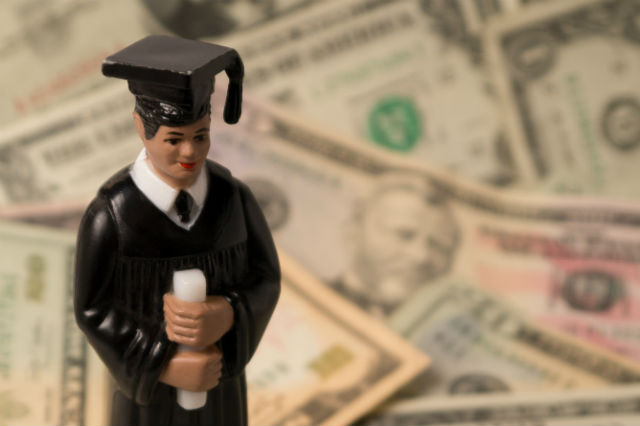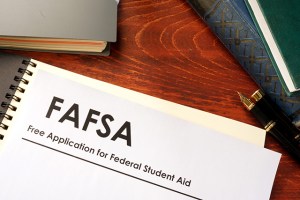Paying off student loans can become especially confusing when you’re making multiple monthly payments. One way to solve this is to combine your loans into a single new loan. It’s like keeping all of your eggs in one basket – except your eggs are student loans, and they’re going straight to the frying pan to become an omelet. When you consolidate student loans, the multiple payments you’ve been paying each month become one monthly bill.
Check out the following rundown on student loan consolidation to find out whether or not it’s right for you.
How to consolidate student loans with a Direct Consolidation Loan
The U.S. Department of Education allows you to consolidate your federal student loans with a Direct Consolidation Loan. The omelet of the above analogy, this loan allows you to combine multiple loans into a new loan for a single monthly payment, instead of the confusing barrage of loan payments that many students are stuck with after graduation. However, only certain federal loans are eligible.
The benefits? In addition to one monthly payment, you’ll also be able to switch variable rate loans to a fixed interest loan. The fixed interest rate on a Direct Consolidation Loan is the weighted average of the interest rates on the loans being consolidated, rounded up to the nearest one-eighth of one percent.
With a Direct Consolidation Loan, you can change your repayment plan. For some, that could mean being given a longer time period – up to 30 years – to repay the new loan. Keep in mind, though, that this could cost you more in the long run if you’re paying more in interest than you would have originally.
Another plus is that it’s free to apply, and anyone can, as long as their loans are in repayment or in the grace period. You can download an application at StudentLoans.gov and submit by mail, or complete and submit it online.
But there are pros and cons to everything. One disadvantage is that you may lose the benefits you get with your current loans, like interest rate discounts or loan cancellation benefits. Also, if you’re paying your current loans with an income-driven repayment plan, or if you’ve made qualifying payments toward Public Service Loan Forgiveness, you may lose credit for those payments upon consolidating.
How you can have your student loans forgiven.

How to consolidate by refinancing student loans
For those who want to consolidate federal and private loans, or have federal loans that don’t qualify for the Direct Consolidation Loan, student loan refinancing is another way to combine multiple loans into one. However, instead of doing this through the U.S. Department of Education, you would do this through a private lender.
The benefits? In addition to one monthly payment, refinancing can lower your interest rate. Most lenders offer both variable and fixed rates. If you have good credit and a steady income, or can co-sign with someone with good credit and a steady income, you could qualify for low rates.
Like consolidating through the Direct Consolidation Loan, consolidating by refinancing allows you to change your repayment plan. You can choose to repay them faster with higher monthly payments, or take a longer period of time with lower monthly payments.
One caveat to refinancing is that you’ll be taking out a private loan, which means certain federal repayment plans – like income-driven repayment plans that can help out during tough times – will not be available. You’ll also no longer be eligible for forgiveness programs like Public Service Loan Forgiveness.
When considering student loan refinancing as an option, be sure to compare offers from private lenders. Some may offer options such as deferment, forbearance or flexible repayment to help out during those tough times, when an income-driven repayment plan would’ve come in handy.
When to consolidate student loans
You’re eligible to consolidate your student loans after you graduate, leave school or drop below half-time enrollment.
In order to consolidate student loans under a Direct Consolidation Loan, the loans you’re consolidating must be in repayment or in the grace period, which is typically the six months after graduation.
If you want to consolidate a defaulted loan, you must either wait to consolidate until after making three consecutive monthly payments on the loan, or you must agree to repay your new consolidation loan with the Income-Based, Pay As You Earn, Revised Pay As You Earn or Income-Contingent repayment plans.
As for consolidation through refinancing, private lenders may have their own requirements. Some may require you to have made a minimum number of payments before refinancing. In general, it would be in your best interest to have a good record of a couple of years or so of making your payments on time.
In any case, be sure to weigh your options before you choose to consolidate or refinance your student loans and make the decision that is best for your situation.
Have you consolidated your student loans? How did it help you? Tell us in the comments below!
To learn more and figure out which is the best way to consolidate your student loans, call 888-422-2536 to talk to a AAA Student Lending specialist today.

















